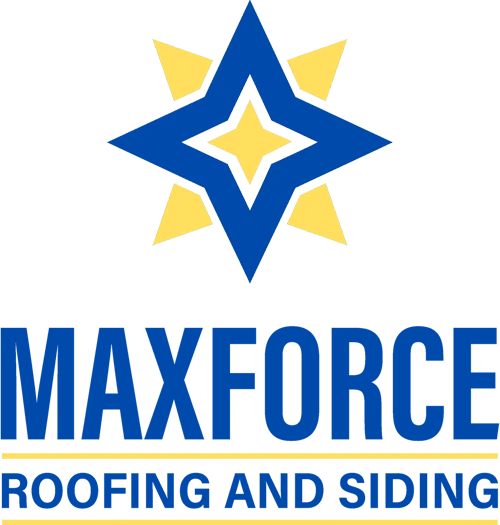
Key Elements Influencing Roof Replacement Expenses
Understanding the various factors that contribute to the cost of roof replacement is crucial for homeowners. At MaxForce Roofing and Siding LLC in Columbus, OH, we recognize the importance of being informed about these elements. This article delves into the primary aspects that can affect the overall expense of replacing your roof.
Roof Size and Complexity
The dimensions and complexity of your roof are significant cost determinants. Larger roofs require more materials and labor, leading to higher costs. Additionally, complex roof designs with multiple levels, valleys, or dormers also increase the labor and material requirements, thereby elevating the overall expense.
Material Selection
Roofing materials vary widely in cost, durability, and aesthetic appeal. Common options include asphalt shingles, metal roofing, and slate tiles. Each material has a different price point, with slate and metal typically being more expensive than asphalt shingles. The choice of material not only influences the initial cost but also impacts long-term maintenance and lifespan.
Geographic Location
The location of your property plays a pivotal role in determining roof replacement costs. Factors such as local climate conditions, availability of materials, and regional labor rates all influence the final price. Areas with extreme weather conditions may require more durable materials, adding to the cost.
Accessibility and Labor
The ease of access to your roof significantly impacts the cost. Roofs that are difficult to access may require additional safety measures, specialized equipment, and more labor time, all of which contribute to higher costs. The skill level and experience of the labor force also play a role in determining the overall expense.
Removal of Old Roofing
The process of removing and disposing of the old roofing material can add to the cost. The extent of this expense depends on the type of existing roofing material and the amount of labor required for its removal and disposal.
Additional Features and Requirements
Additional roof features such as skylights, chimneys, and ventilation systems can increase the complexity and cost of a roof replacement project. Moreover, adherence to local building codes and the need for specific underlayment or insulation materials can also add to the overall expense.
Conclusion
Understanding these key factors can help homeowners make informed decisions about their roof replacement projects. It’s essential to consider the long-term benefits and costs associated with different materials and choices to ensure a durable and cost-effective roofing solution.

